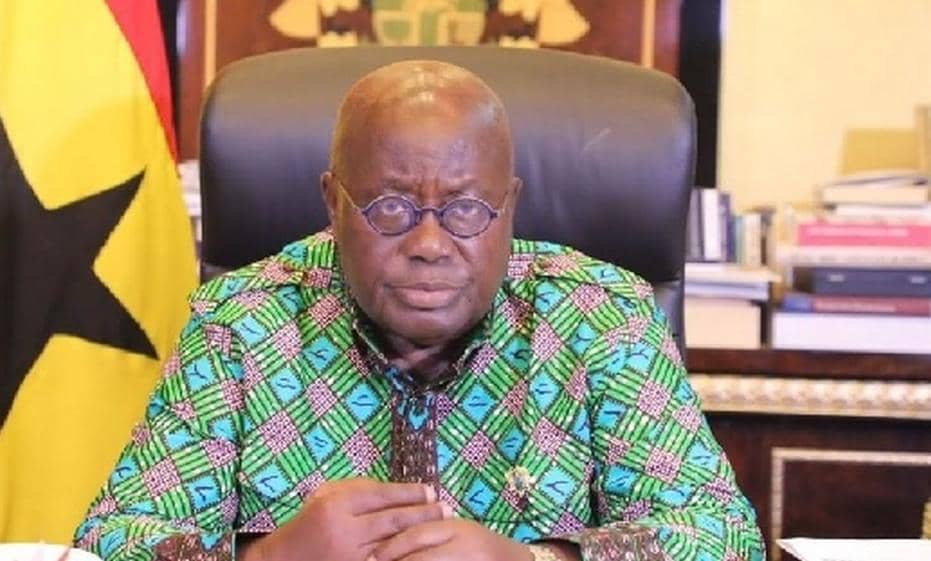Supervisor of the Ovaherero Living Cultural Museum Vetowajao Tjauira says about N$200 000 to N$300 000 is still needed for the museum to be fully completed.
Tjauira said this when a group of journalists visited the museum on Thursday last week.
The museum, located in the Kunene region, is one of the eco-tourism enterprises financially supported by the GIZ-funded bioeconomy project, which comes to an end this month.
Tjauira said there is a lot to be done before the museum can become a fully-fledged site.
He said a few years ago, residents from the Otjokavare village and other nearby villages came up with the idea to set up such a museum, with the bioeconomy project funding the idea.
The aim of the museum is to draw tourists and visitors in to learn about the traditions and cultures of the Herero people.
“We have seen tourists are interested in learning about cultures and traditions, as it teaches them the norms of the Herero people,” he said.
Tjauira said the idea first came up in 2020 and three weeks ago, a gravel road to the museum was inaugurated.
“We will have to keep it alive, but there is still a lot that needs to be done for it to be a fully-fledged museum. If we have water here, we will be able have it run permanently,” said Tjauira.
He said the bioeconomy project only gave them about N$4 000 for the clearing of the bush to pave the way for the gravel road to the museum.
This money, he said, was also used to buy food and drinks for people who worked on clearing the bushes.
Tjauira said the extension of the cattle kraal, permanent water infrastructure, a reception, a craft shop and the installation of solar power are all things that still need to be funded for the museum to be fully operational.
He said there is no need for the museum to be fenced off, but that there is a need for a security guard and guides to educate visitors about Herero cultures and traditions.
The aim of the media visit to the museum was to see what the project has achieved thus far, what challenges they face and what their plans for the future are.
The five-year project started in 2019 with €5 million.
The aims of the project include developing the biodiversity economy in four selected landscapes and promoting the benefits of inhabitants by the vibrant and sustainable use of biodiversity.
The four chosen landscapes are parts of the Etosha National Park, Geopark Brandberg, Waterberg and Ombonde People’s Park.
Stay informed with The Namibian – your source for credible journalism. Get in-depth reporting and opinions for
only N$85 a month. Invest in journalism, invest in democracy –
Subscribe Now!







